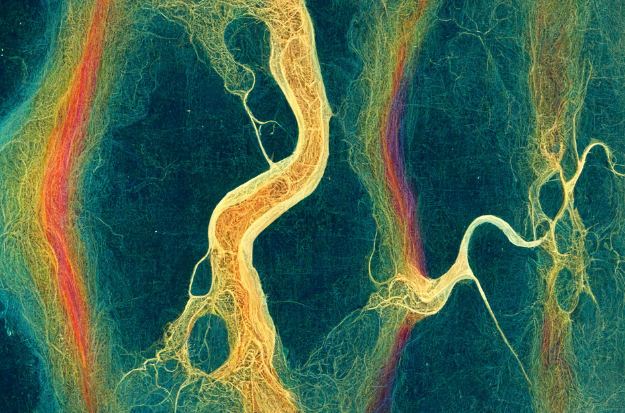Acid rain. In the 1970s the United States government took action to reduce the acidity of precipitation that falls into the critical zone, the layers of rock, soil, water, and plants that support most human and animal life on Earth.
"Watersheds Continue to Recover": Newly Published in Frontiers in Water
Posted: December 31, 2025

The acidification of the critical zone from acid rain lessened, but the damage had still been done. Acid was in the ground. Acid gets pulled up into plants, those plants drop their leaves, those leaves dissolve and land or end up in watersheds, and then wash out to oceans taking the chemicals with them to alter the biogeochemistry of all they encounter.
Members of the Critical Zone Collaborative Network’s Big Data Custer have used some of that big data to find out how acidification still affects the complex systems operating in the Sleepers River Research Watershed in Vermont.
In 2022 a team gathered soil samples and then simulated what seasonal rain and snowmelt might do when running through the samples, looking for answers into if, and if how much, of the acids are left in the soil and are then released by the running water.
In a paper recently published by Frontiers in Water the team reports that this is a time of change in the area. “As watersheds continue to recover from acid deposition, stream [carbon to nitrogen] ratios will likely continue to increase, with important consequences for stream metabolism and biogeochemical processes.”
Watersheds want some carbon, not too much carbon. They want some nitrogen, but not too much nitrogen. It’s a balance. A balance that impacts all living things that depend on healthy water quality to survive. And that’s pretty much all life as we know it.

 Big Data
Big Data